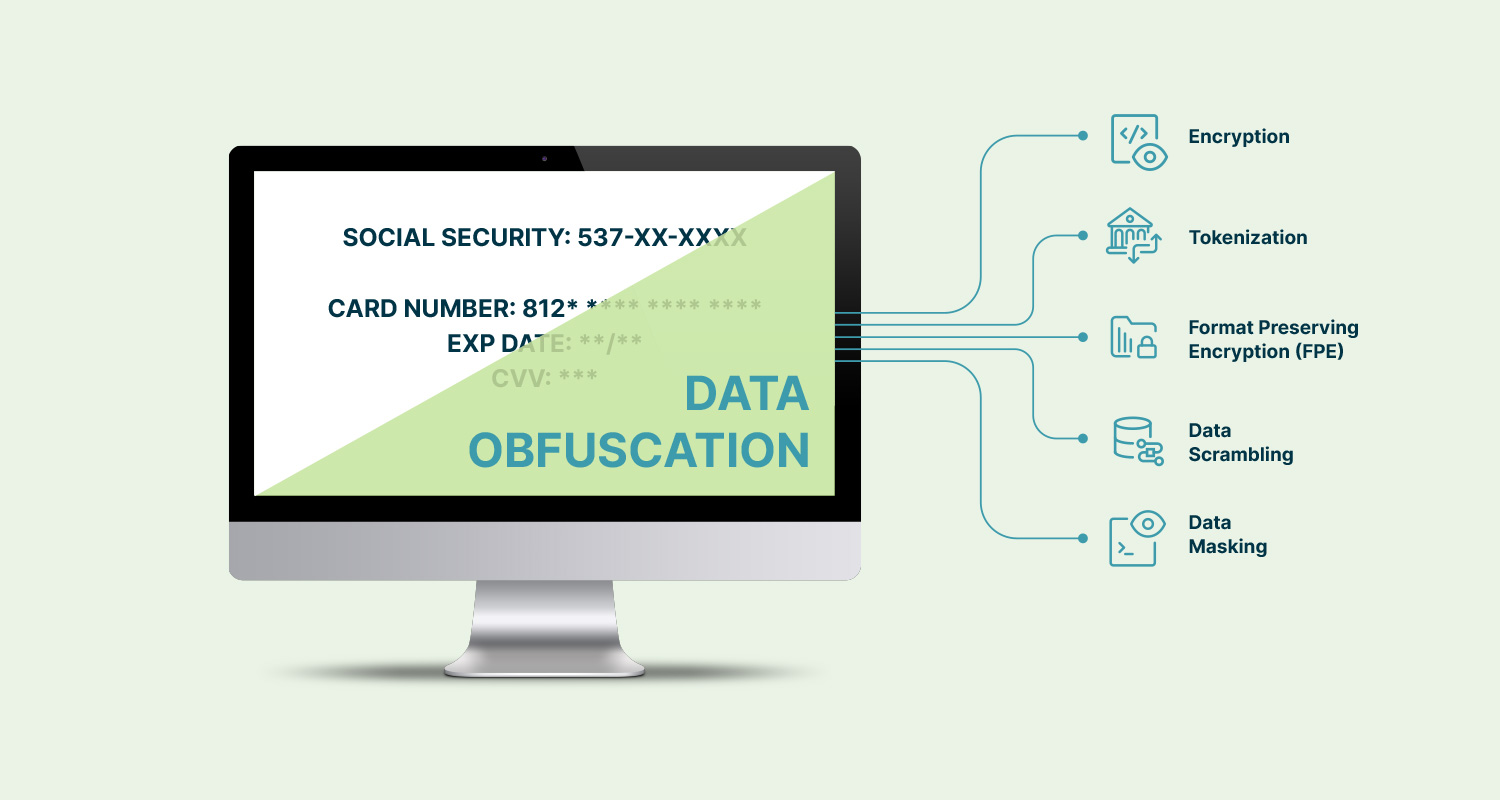Business interruption insurance provides a company with coverage for an unexpected interruption to its income stream due to a loss event. Back in March, we posted a blog titled “Is Coronavirus (COVID-19) Covered by Business Interruption Insurance?” This article summarizes the three major business interruption coverage issues being analyzed in relation to the pandemic as well documentation needed to support a claim.
While answers to coverage questions will likely vary by state and according to specific policy terms, it is still worthwhile to assess the pandemic’s impact to your operations and take the initial steps to prepare a claim. Below are five steps you should take now to ensure your claim contains the level of completeness and accuracy needed to facilitate a timely review by your insurance carrier.
1. Develop an Action Plan
To prepare a technically sound and well-supported business interruption claim, you should start by identifying the team that will manage the process from preparation to final resolution, including both internal and external resources.
Given the current complexities around pandemic-related losses, the next step is a thorough review of your insurance policies to determine applicability of coverage. Notification requirements also need to be addressed, and your team should plan to work with your Sequoia risk advisor and the assigned insurance adjuster throughout the claim process.
If the claim is complex—as it almost certainly will be with COVID-19 claims—coverage counsel can help clarify potential coverage issues and positioning, and accountants experienced in business interruption claims can help simplify claim preparation. Note that claim preparation fees are commonly covered by insurance.
2. Measure the Business Income Loss
To maximize recovery, the business income loss calculation needs to be objective and technically sound. It is important to remember that this measurement is not solely the revenue loss but the revenue loss less the expenses that you would have incurred to generate such revenue. Common areas of scrutiny and challenge include:
- Correlation of the income loss to the loss event (Did the event cause the loss being claimed?)
- Ordinary course of business forecasts prepared before the loss event (How does the claimed lost income compare to pre-event results?)
- Trending historical results and achievement of prior budgets (What is the history of being able to estimate results?)
- Market, industry and economic conditions that may impact the company’s financial results (Does the claimed loss include the impact of external factors?)
- Make-up sales and other potential offsets (What efforts have been made to reduce the lost income?)
The determination of the indemnity period is often challenged as well. The indemnity period is defined in the policy, but typically starts at the date the loss event occurred and ends on the date that the company resumes normal operations. Given that federal, state and local COVID-19 restrictions impacting businesses are still in place and there is no currently established timeframe for those restrictions to be fully lifted, an “end” date is not yet determinable. However, you should begin assessing when normal operations might resume.
3. Identify Extra Expenses
In addition to lost income, most policies cover expenses that are not normally incurred by the business and are attributable to the loss event. For instance, COVID-19 has forced businesses that are still operating to incur expenses related to cleaning and disinfecting work areas beyond what most companies typically perform.
Extra expenses may also include costs incurred to mitigate covered losses, such as those necessary to reduce the length of the loss period, continue operations during the loss period or rebuild inventory depleted during the loss period. Examples include freight costs to expedite goods from suppliers, the cost of equipment purchased to allow employees to work remotely, costs associated with shifting production to other locations, and costs of paying for employee overtime or temporary labor.
Extra expenses and expediting expenses should be recorded in specially designated accounts in your general ledger. This will allow for more efficient tracking to ensure proper inclusion in a claim.
4. Develop and Execute a Loss Mitigation Plan
Evidence of your efforts to mitigate costs will be a significant focus for the adjuster. Mitigation efforts could include operating from different or temporary locations and identifying other sources of supplies or customers. After a loss is known, you should develop a comprehensive mitigation strategy that includes an assessment of possible recovery scenarios—worst, base, and best cases—to resume normal operations.
A mitigation plan should include a cash-flow projection that will not only provide the company with needed insight into a recovery plan, but can also be used to support a request for partial advance payments from the insurance company (assuming the insurer has not rejected all claims related to COVID-19). Further, the need to incur extra expenses can be projected and pre-approval for these expenses can be sought from the insurer.
5. Collect and Maintain Supporting Documentation
One of the most critical factors in successfully settling a business interruption claim is the ability to document and support each claim element. Proper documentation will make it more difficult for an adjuster to deny elements of a claim. To help expedite your claim process, use any downtime or pandemic-related lull in business to assemble these documents:
- Two years of historical financial statements/budgets/projections
- Current budgets, business plans, projections of business operations and income covering the interruption period
- General ledgers, financial statements, and customer sales registers
- Invoices supporting extra and expediting expenses
- Logs and other evidence of your indemnity period and your efforts to resume business operations
Business interruption insurance intends to put your company back into the same financial position it would have been in if not for the loss event. For the best chance of maximizing business recovery in a timely manner, you should make a plan, get outside help as needed, stay in close contact with your Sequoia Risk Advisor, and prepare a claim that is technically sound and supported with objective evidence.
If you believe your company has sustained a business interruption loss due to the COVID-19 pandemic, please contact your Sequoia Risk Advisor, or connect with them directly in HRX, so that we can assist in reviewing your specific circumstances and develop an appropriate plan of action based on the steps discussed above.
Disclaimer: This content is intended for informational purposes only and should not be construed as legal, medical or tax advice. It provides general information and is not intended to encompass all compliance and legal obligations that may be applicable. This information and any questions as to your specific circumstances should be reviewed with your respective legal counsel and/or tax advisor as we do not provide legal or tax advice. Please note that this information may be subject to change based on legislative changes. © 2020 Sequoia Benefits & Insurance Services, LLC. All Rights Reserved



